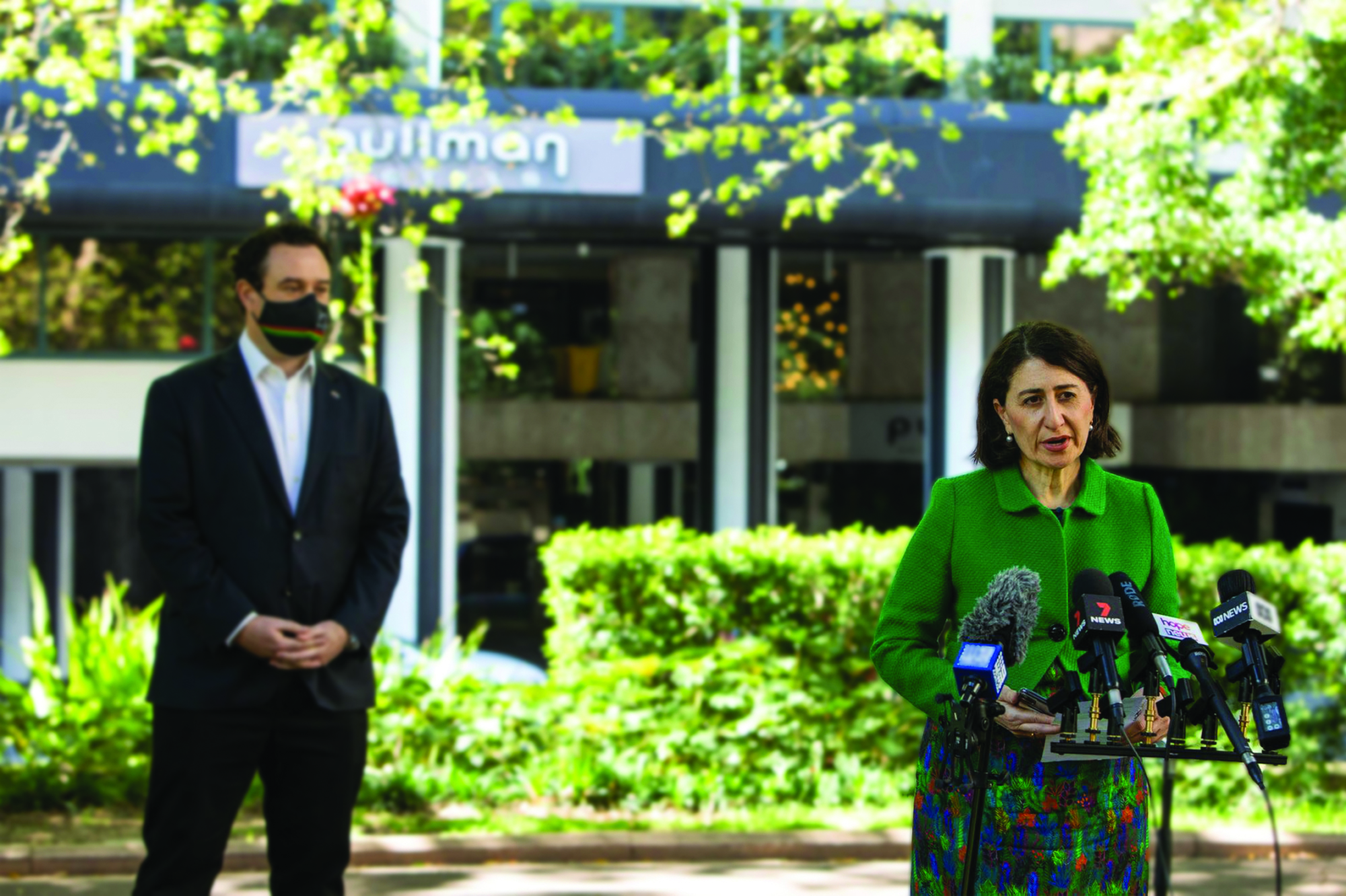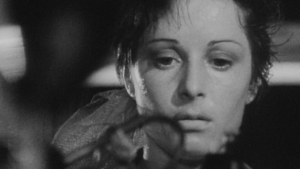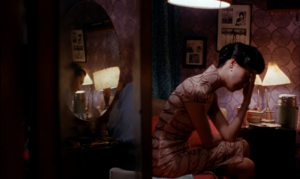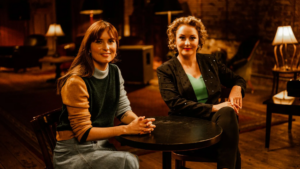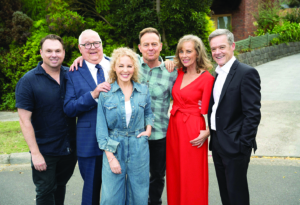Press conferences used to be rare and, ironically, quite unpublic events. Staged to allow politicians, sportspeople or celebrities to talk to a group of journos all at once, the idea was that the media would get in, get a few quotes and refer those back to their audience later via the appropriate bulletin or outlet. Although there were always lots of cameras and recording devices, rarely was the whole event shown in its entirety. The press conference was really just a place to catch sound bites rather than really give – or take in – any nuanced information.
Lately, press conferences have been much more open and bloody affairs. In locked-down Sydney and Melbourne in particular, the beats of the day were marked by many according to whether something was before or after ‘Dan’ or ‘Gladys’ o’clock (named for Victorian Premier Andrews and former New South Wales premier Berejiklian, respectively). When the virus’s second waves started to crash in various states, the scramble to watch several competing press conferences became part pantomime, part extreme sport – especially for the poor web-based journalists working in national outlets like the ABC, who were tasked with reporting in real time on simultaneous announcements.
Streamed and live-broadcast press conferences have been an important part of the way we have engaged with traditional and new(er) media over the past two years. Unlike live sport, they are rarely events we would return to in full if we’ve missed them in real time; sometimes the ‘highlights’ package is more than enough for the average punter.
There have of course been exceptions, such as the theatrics of press conferences from former US president Donald Trump and his advisers, who performed Olympic-level moves around and beyond truth-telling. The American tradition of press conferences – or ‘press briefings’, as they are called in the United States – to which these belonged is over a century old; according to The White House Historical Association, the first presidential press conference was held by Woodrow Wilson in 1913. The British Royal Family has also had a tradition of press conferences – or, at least, staged addresses to the public and media – for over a century, with the first press secretary for the sovereign, Samuel Pryor, appointed in 1918 to respond to the developing media landscape as it moved beyond newspapers to also incorporate radio (and, in the decades that followed, television and the internet).
Today’s press conferences have the same live audience, not only watching at home from our (by now well-worn) lounge cushions but also able to comment in real time as well. Press conferences range from the incredibly important (urgent medical information) to the incredibly unimportant (a celebrity launching a new marketing campaign for an unnecessary, overpriced luxury item); part of their appeal (beyond their actual content) is the commentary they are able to provoke. Much of this has been lighthearted, such as the infamous Twitter obsession with Andrews’ clothes during COVID-19 updates (North Face jacket was good news; a suit was bad) and the bingo card that comedian Geraldine Quinn put together to be played during Berejiklian’s press conferences. Similar comedy was circulated by audiences in real time, with Bec Shaw and Nina Oyama’s ‘Contact Tracys’ sketch – in which a pair of slang-wielding Gen Z teens use social media to help a government department track down COVID cases – surging in shares and ‘likes’ in response to New South Wales chief health officer Kerry Chant’s repeated references to contract tracers during her appearances in New South Wales Government press conferences. (Indeed, the popularity of this second-screen engagement with the press conferences was apparently strong enough for Chant to be in on the joke, encouraging young people to use their social networks to track down their contacts’ movements.)
Besides this more playful engagement, online streams of government press conferences have also allowed for alternative commentary (and questions) from the public, with comment boxes accompanying these broadcasts enabling ordinary people – including frontline teachers and childcare workers – to share their own observations as officials spoke. And when we smelled a rat, or simply found the whole event to be more of a stage show than an interaction, we’ve had the capacity to vote with our remotes and feeds and stop tuning in.
Many of us have found the pantomime of the live press conference, especially when dominated by the same mismatched questions and answers, too much to cope with. Although having up-to-date information and (relative) transparency is extremely important, a staged conference doesn’t necessarily provide those things in the most efficient way. While big developments will (and should) still demand a personal live appearance from political leaders, in many other cases a well-circulated press release is perfectly adequate. We can always opt to follow the coverage of such announcements via social media, or through an hourly or nightly bulletin; the last thing we need is a national version of ‘the meeting that should have been an email’.
